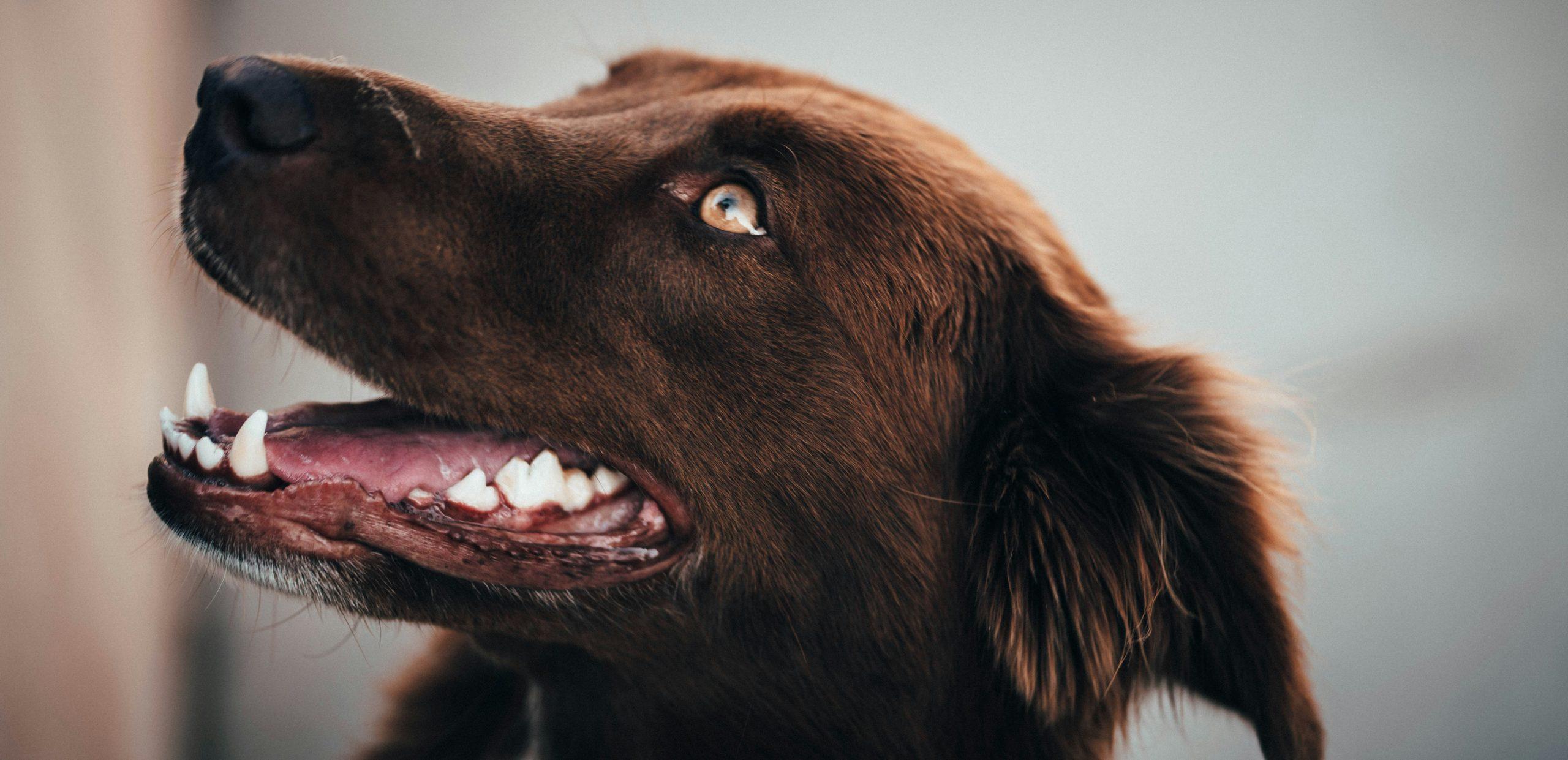Your dog and cat put their mouths through a lot of pressure as they chew and gnaw on food and toys. These actions stimulate their gums and teeth, keeping them in good shape, but issues such as plaque, gingivitis, and worn teeth can cause pain and damage. If these issues are not addressed, your pet can suffer from bad breath, a reluctance to eat, and tooth loss.
An annual dental exam and cleaning go a long way towards preventing damage and monitoring issues that are developing but do not need immediate intervention. Here is a look at what can happen to your pet’s teeth and what to expect from a pet dental.
Common Dental Problems in Pets
Pets can not brush their teeth on a regular basis like people do, but they do experience dental issues that are the result of age, wear and tear, and damage from various sources. They can develop cavities, experience broken teeth, and gingivitis, among other conditions. Here’s a look at the more common dental issues your pet can develop.
- Infections or abscesses in the teeth
- Periodontal disease
- Tumors or cysts in the mouth
- Broken teeth
- Oral diseases that cause tooth loss
- Poorly aligned teeth or bite
- Plaque and tartar
The most common of these issues is periodontal disease, which usually appears in pets around the age of three. Plaque and tartar accumulate below the gumline, leading to infection and damage to the jawbone. The connective tissues that help keep the tooth in the jawbone are also affected.
An annual pet dental helps you avoid periodontal disease and other issues that can affect your pet’s oral health. While you can’t stop the problem from forming, you can keep it from progressing to a point where your pet’s overall health is affected.
What Our Veterinarian Looks for During a Dental Exam
A pet dental involves the veterinarian examining your pet’s mouth for its overall condition. Once we have gotten a good look at the inside of the mouth, gums, teeth, and tongue, we start looking for signs that there is something wrong or if there is the expected appearance of periodontal disease. Some of the signs our vet looks for include sores on the soft tissues, loose teeth, and breakage. Our vet also uses their nose to check for the presence of bad breath, a sign that there’s something going on in the mouth.
Once our vet has completed their examination, they’ll let you know what they’ve found and what steps to take.
Treatments Provided During a Pet Dental
The type of treatment provided to your pet during the dental work depends on what needs to be addressed. If your pet’s teeth are fine but signs of periodontal disease are present, your pet will undergo a tooth cleaning to remove the buildup. Your pet’s teeth will most likely be fine until the next exam is due.
In the event that damage, loose teeth, or sores are found, our veterinarian will perform more invasive work to address the issues. This can involve filing of a broken tooth to smooth out the edges or removing teeth that can’t be saved. Sometimes, a chronic health condition can require the removal of multiple teeth.
Contact Us at K. Vet Animal Today
At K. Vet Animal Care in Greensburg, PA, we are a full-service veterinary clinic that is staffed by professionals who provide compassionate care for you and your pet. We offer pet dental, annual checkups, management of chronic conditions, and more. Call us at (724) 216-5174 today to learn more about our services and schedule an appointment for your pet’s healthcare.

